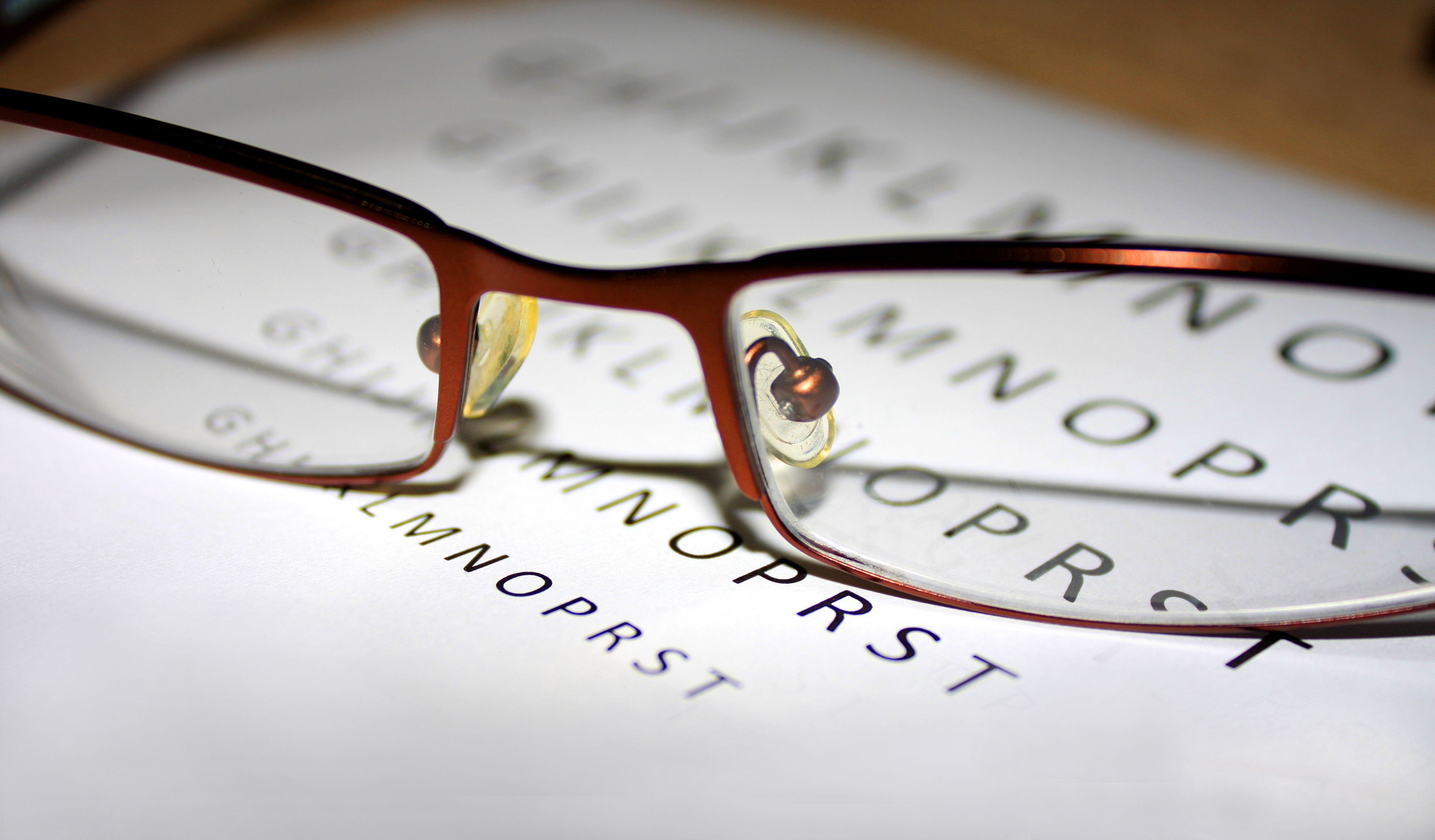Article
Study Evaluates Efficacy of At-Home Visual Acuity Test
Author(s):
Study results, published in JAMA Ophthalmology, showed the Home Acuity Test can be used to measure visual acuity by telephone for a wide range of outpatients with diverse conditions under the care of an ophthalmologist.
In the wake of coronavirus disease 2019 (COVID-19), many ophthalmologists have had to adjust to new social distancing measures and telemedicine to help stem transmission of the virus. To aid in this transition, researchers in England tested the repeatability of visual acuity (VA) measured using the Home Acuity Test (HAT) among 50 control participants and 100 ophthalmology patients. Results, published in JAMA Ophthalmology, showed the HAT can be used to measure VA by telephone for a wide range of ophthalmology outpatients with diverse conditions.
“Eye problems are the cause of approximately 1.5% of all consultations with family physicians in the English health care system, and ophthalmology is the largest specialty, with nearly 8 million ophthalmology outpatient appointments taking place in England every year,” the authors wrote.
Although video and telephone-based consultations have been successfully used in ophthalmology, remote measuring of VA can be challenging as computer-based assessments require precise calibrating of viewing distance, screen size, and luminance. In comparison, the HAT is an open-source vision screening test that can be printed and mailed to patients or downloaded and printed by patients for emergency assessment. It was specifically developed to measure patients’ VA remotely if they were unable to attend hospital ophthalmology appointments due to the pandemic.
“A silhouette of a credit card is included with the downloadable test to ensure that the printed size of the image is correct and that no unexpected scaling has taken place. The HAT incorporates a logarithmic scaling of letter size and crowding bars,” the researchers explained.
The test includes 18 randomly collected Sloan letters displayed on 5 lines, with letter size progressing logarithmically; letters are half the size of those on the preceding line. The geometric progression of letter sizes allows for testing at any distance.
From May 11-22, 2020, 50 adults with good corrected VA (of at least 0.1 logMAR [6/7.5 or 20/25] with spectacles) were enrolled in the control group and took the HAT. “Since early April 2020, HAT charts have been posted to outpatients having telephone consultations in 2 adult ophthalmology clinics—strabismus and low vision—as part of a service improvement project,” the authors wrote.
Each patient was telephoned by a clinician and asked to cover each eye in turn and read the HAT from 150 cm, using distance glasses if necessary. The mean (SD) age of the control group was 36 (10.8) years and 66% were female, while the mean age of study participants was 55.3 (22.2) years and 65% were female.
Analyses revealed:
- For control participants, the mean test-retest difference in the HAT line score was −0.012 (0.06) logMAR, with limits of agreement (LOA) between −0.13 and 0.10 logMAR
- The mean difference in VA compared with conventional vision charts was −0.14 (0.14) logMAR (range, −0.4 to 0.18) (−7 letters) in controls, with LOA of −0.41 to 0.12 logMAR (−20 to 6 letters)
- For ophthalmology outpatients, the mean difference in VA was −0.10 (0.17) logMAR (range, −0.5 to 0.3) (1 line on a conventional logMAR sight chart), with the HAT indicating poorer VA than the previous in-clinic test, and LOA of −0.44 to 0.23 logMAR (−22 to 12 letters)
- There was good agreement in the visual impairment category for ophthalmology outpatients (Cohen κ = 0.77; 95% CI, 0.74-0.81) and control participants (Cohen κ = 0.88; 95% CI, 0.88-0.88)
Overall, the investigators found “test repeatability is high, with test-retest differences ranging from −2 to 1 letters in control participants,and compares favorably with data published for conventional and computer-based clinic charts.”
Results also indicated the HAT can be used to identify new intraocular differences in vision and could be appropriate for monitoring vision in patients with strabismus or any disease likely to worsen in 1 eye.
The relatively small study size and inability to test participants on the same day as their clinic appointment mark limitations to the study, as patients’ vision may have deteriorated over time.
“Mean time between the last clinic appointment and the HAT assessment was 11.6 months (range, 1-69 months).” However, the researchers found “no association between the time since the previous in-clinic vision measurement and the difference between HAT and in-clinic vision measurements (linear regression, r = 0.067).”
Reference
Crossland MD, Dekker TM, Hancox J, Lisi M, Wemyss TA, Thomas PBM. Evaluation of a home-printable screening test for telemedicine. JAMA Ophthalmol. Published online January 7, 2021. doi:10.1001/jamaophthalmol.2020.5972





